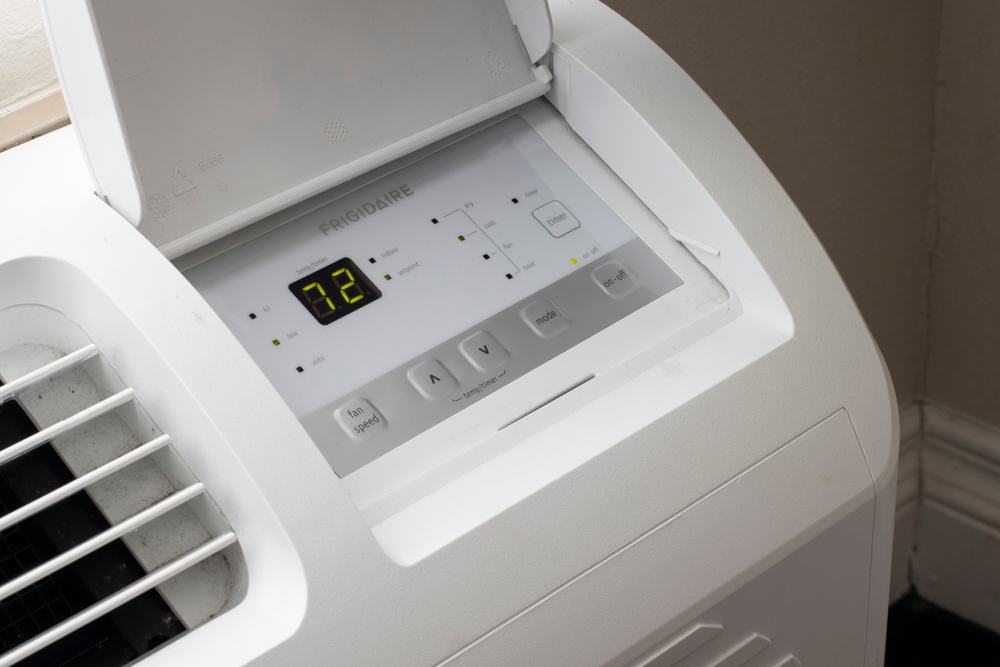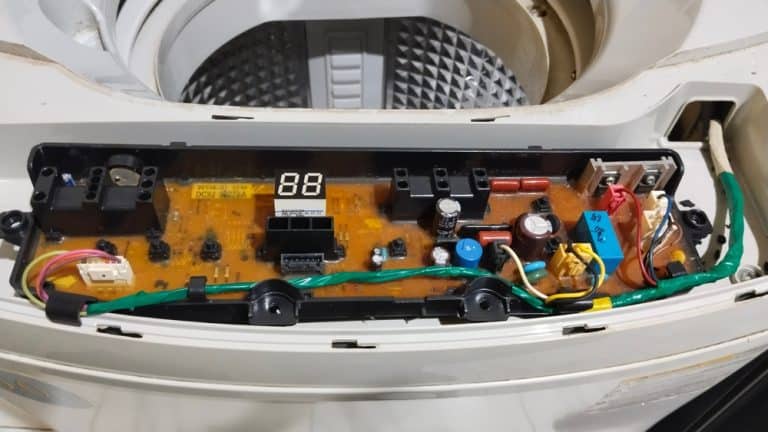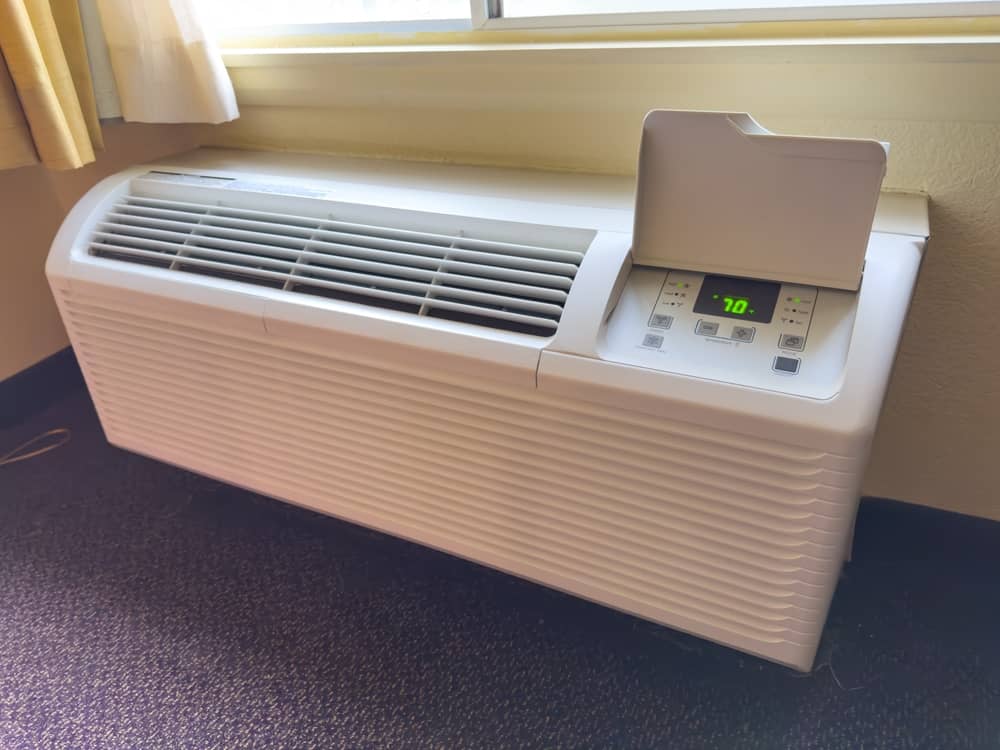Menu
(646) 740-0112
(646) 740-0112
Discover why residents and property managers in New York City trust us for their HVAC needs. Read testimonials from our clients who have experienced the quality, professionalism, and reliability that we bring to every project. Their stories highlight our commitment to excellence and customer satisfaction.

In Springfield, Illinois, PTAC systems are not just appliances; they are essential for maintaining a comfortable living and working environment. As a key provider of heating and cooling solutions, PTAC units are a staple in many homes and businesses across Springfield and the broader Sangamon County. My experience living in Springfield, IL, has shown me the importance of these units in managing the often unpredictable Illinois weather. They offer a unique blend of convenience and efficiency, but like all mechanical systems, they require regular maintenance and occasional repairs.
The complexity of PTAC units demands specialized knowledge for proper servicing. At Springfield HVAC Services, we specialize in diagnosing, repairing, and maintaining these systems. Our technicians have extensive training and experience, ensuring that your PTAC unit operates at peak efficiency. We understand that a malfunctioning unit can disrupt your comfort and routine. That’s why we commit to providing quick and effective solutions, tailored to meet the needs of Springfield, IL residents and businesses. Trust us to keep your space comfortable, no matter the season. Give us a call at (646) 740-0112 to learn more!
As a Springfield-based company, we have a deep understanding of local PTAC needs.
Springfield HVAC Services is known for its reliability and prompt response in Sangamon County.
Our commitment to customer satisfaction is unwavering, making us a preferred choice in IL.

Timely PTAC repairs are crucial for maintaining the comfort and efficiency of your space in Springfield, IL. Ignoring or delaying repairs can lead to several problems. Increased energy consumption is a common consequence, as faulty units tend to work harder, driving up your utility bills. Moreover, the extreme weather conditions in Springfield, IL, from sweltering summers to freezing winters, make a well-functioning PTAC system essential for comfort. As a resident and business owner in Sangamon County, I’ve witnessed the impact of delayed PTAC repairs on both comfort and costs.
Springfield HVAC Services is your ally in ensuring that your PTAC units are functioning optimally. Our team responds swiftly to service calls, recognizing the urgency of your needs. We have a strong presence in Sangamon County, equipped with the tools and expertise to handle a wide range of PTAC issues. Regular maintenance and timely intervention by our experts ensure uninterrupted comfort and prolong your unit’s life. With Springfield HVAC Services, you can rest assured that your PTAC repair needs are in skilled hands.

Selecting the right service provider for PTAC repair in Springfield, IL, is a decision that impacts not just your immediate comfort but also the long-term performance of your unit. Springfield HVAC Services distinguishes itself in several key areas. Our technicians are not just skilled; they are specialists in PTAC systems. This specialization means that when you call us for a repair, you’re getting experts who are familiar with the nuances of these systems. We’ve honed our skills to ensure that every repair is thorough and effective, catering to the specific needs of each unit.
Our customer-centric approach sets us apart in the competitive field of PTAC repair services in Springfield, IL. We are a part of the Sangamon County community, deeply understanding its unique climate challenges and customer needs. Our commitment to serving this community is evident in every interaction. Reach out to us at [(646) 740-0112] for personalized service and expert advice. We’re not just a service provider; we’re your neighbors, dedicated to maintaining the comfort and efficiency of your space. Trust Springfield HVAC Services for all your PTAC repair needs in Springfield, IL.
Queens Village was founded as Little Plains in the 1640s. Homage to this part of Queens Village history is found on the sign above the Long Island Railroad Station there. In 1824, Thomas Brush established a blacksmith shop in the area. He prospered and built several other shops and a factory, and the area soon became known as Brushville. On March 1, 1837, the railroad arrived. The first station in the area was called Flushing Avenue in 1837, Delancy Avenue by June 20, 1837, and Brushville by November 27, 1837, likely about a mile west of the present station. In 1856, residents voted to change the name from Brushville to Queens. The name “Inglewood” also was used for both the village and the train station in the 1860s and 1870s. The name Brushville was still used in an 1860 New York Times article, but both “Queens” and “Brushville” are used in an 1870 article. Maps from 1873 show portions of Queens Village (then called Inglewood and Queens) in the town of Hempstead, but 1891 maps show it entirely in the town of Jamaica.
After the Borough of Queens became incorporated as part of the City of Greater New York in 1898, and the new county of Nassau was created in 1899, the border between the city and Nassau County was set directly east of Queens Village. A 1901 article in the Brooklyn Eagle already uses the full name Queens Village, a name that had been used as late as the 1880s for Lloyd’s Neck in present-day Suffolk County. In 1923, the Long Island Railroad added “Village” to its station’s name to avoid confusion with the county of the same name, and thus the neighborhood became known as Queens Village.
Queens Village was part of an overall housing boom that was spreading east through Queens from New York as people from the city sought the bucolic life afforded by the less-crowded atmosphere of the area. Today, many of those charming and well-maintained Dutch Colonial and Tudor homes built in Queens Village during the 1920s and 1930s continue to attract a diverse population.
Learn more about Beechhurst.Designed by Hub It Group